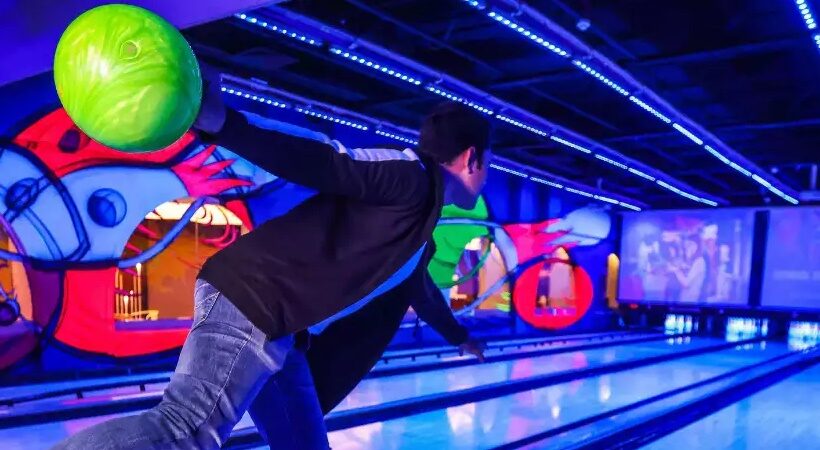Smaaash, a famous Indian gaming and entertainment centre operator, has spent the last year rebuilding its company after briefly closing down over 18 months ago.
The Sachin Tendulkar-backed firm, now known as Smaaash 2.0, has reimagined itself as a business that caters to the demands of young people and working professionals, moving away from its conventional “for kids” offering. The goal of the place is to provide an adult entertainment centre with the same ambience as a neighbourhood club.
Smaaash 2.0 promises dim lighting and energetic music, finger snacks and booze, arcade games, and bowling lanes.
The firm, which had over 45 locations throughout India in its first innings, has now expanded to 22 locations in 14 cities during its second. At the store level, it claims to have an EBIDTA (earnings before interest, taxes, depreciation, and amortization) run rate of 4 crores, 20% greater than previously.
So, what’s new since the last time?
Smaaash, which secured over 700 crores from Sachin Tendulkar and Sixth Sense Ventures, declared its shutdown in September 2020, as the country battled COVID-19 for most of the year. The firm didn’t have enough runway to continue, and foot traffic in the physical shop was low.
Shripal Morakhia, the firm’s founder, apologized in an email to the company’s employees for failing to save the company from “premature death” despite his best efforts. Smaaash, on the other hand, relaunched its activities in Raipur and Vijayawada and expanded from there.
The firm had lost some great places in which it had previously operated, so it opted to expand its current network in larger and more open regions. Shirish Kotmire, the CEO of Smaaash, feels that this will allow them to operate in larger, more open spaces for less money.
Second, the organization has spent the previous year studying consumer behaviour to increase the value per client. The firm has extended its virtual reality (VR) portfolio by releasing new games and adapting traditional games to VR. It has also included physical games such as shooting. This, along with meal and beverage choices, boosts client time spent in Smaaash shops and the average expenditure per customer.
The firm used to offer a dine-in service, but it now focuses on understanding client behaviour and demands.
“We want to make sure that they [customers] have a complete experience, from just playing games to eating and drinking, to spending time there”. When you mix a gaming setting with a food and gaming experience and a budget-friendly nature, the whole experience lengthens. We’ve mastered the art of upselling. “No one comes for food-food since it’s a game idea,” Kotmire said.



















